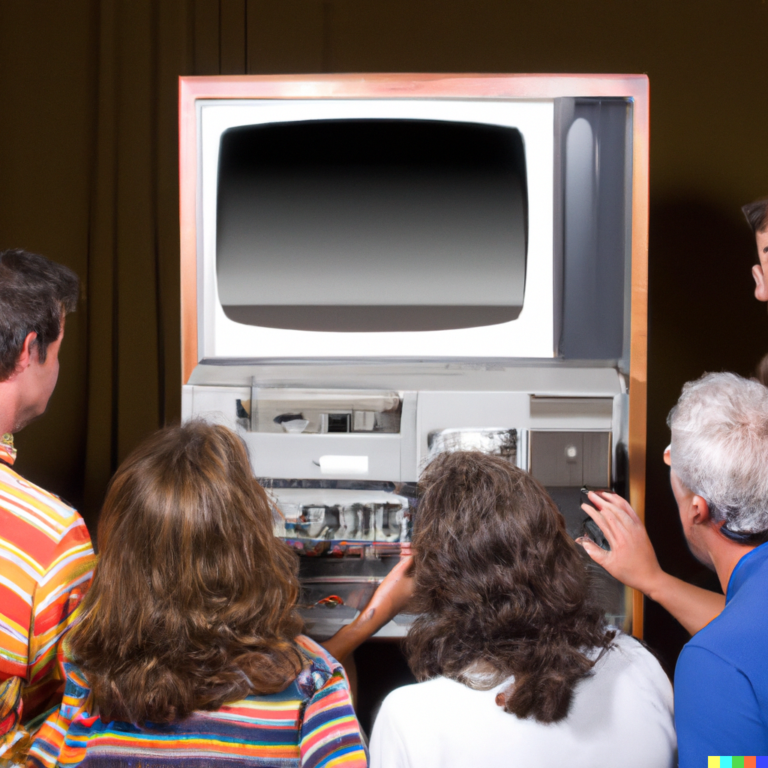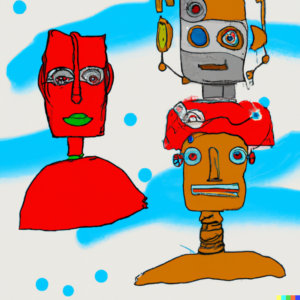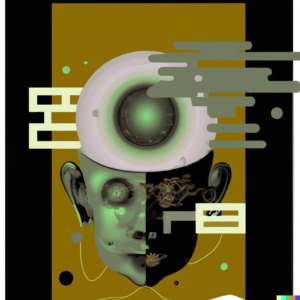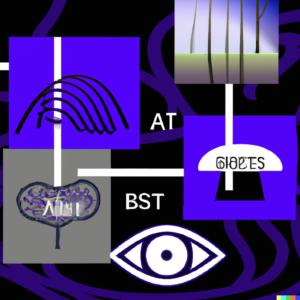Video and motion generation are two rapidly growing fields of computer graphics and artificial intelligence, which have seen significant improvements in recent years. These technologies have numerous applications, ranging from video entertainment, gaming, education, and simulation to medical imaging, autonomous vehicles, and military operations.
In this blog post, we will discuss the current state-of-the-art video and motion generation models and highlight their strengths, weaknesses, and potential applications.
Video Generation Models
Video generation models are neural networks that can generate synthetic videos from a given set of inputs. They can be used to create a variety of content, such as animations, short films, and music videos. Some of the most popular video generation models are:
a. Generative Adversarial Networks (GANs)
GANs are a type of neural network architecture that consists of two networks: a generator and a discriminator. The generator network creates synthetic videos, while the discriminator network evaluates the quality of the generated videos. Through an iterative process, the generator network is trained to generate videos that are indistinguishable from real videos, and the discriminator network is trained to detect generated videos.
b. Variational Autoencoders (VAEs)
VAEs are a type of generative model that use an encoder-decoder architecture to generate synthetic videos. The encoder network compresses the input video into a compact representation, called a latent code, while the decoder network generates the synthetic video from the latent code. VAEs are trained to minimize the reconstruction error between the input and generated videos.
c. Flow-Based Generative Models
Flow-based generative models are a type of generative model that use normalizing flow transformations to generate synthetic videos. Normalizing flow transformations are invertible functions that map random noise to a target distribution. By composing multiple normalizing flow transformations, flow-based generative models can generate synthetic videos that are similar to the target distribution.
Motion Generation Models
Motion generation models are neural networks that can generate realistic human and animal movements from a given set of inputs. These models can be used to animate virtual characters, generate motion capture data, and synthesize physical simulations. Some of the most popular motion generation models are:
a. Pose-Based Motion Generation Models

Pose-based motion generation models generate motion by predicting the positions and orientations of the joints in a character’s skeleton. These models are trained on motion capture data and use various techniques, such as recurrent neural networks (RNNs) and transformers, to generate smooth and coherent motion sequences.
b. Physics-Based Motion Generation Models
Physics-based motion generation models generate motion by simulating physical laws and forces that govern the movement of objects and characters. These models use physics engines, such as Bullet Physics and Havok Physics, to generate realistic motion that is influenced by gravity, friction, and collision.
Comparison and Conclusion
In conclusion, video and motion generation models are powerful tools that can generate a wide range of content and movements. GANs and VAEs are popular video generation models that can generate high-quality synthetic videos, while flow-based generative models are a newer approach that has shown promising results. Pose-based motion generation models are ideal for generating human and animal movements, while physics-based motion generation models are best suited for generating realistic physical simulations.
It is important to note that the quality and realism of generated videos and motions depend on several factors, including the quality of the training data, the size and complexity of the models, and the processing power and memory of the GPUs.




